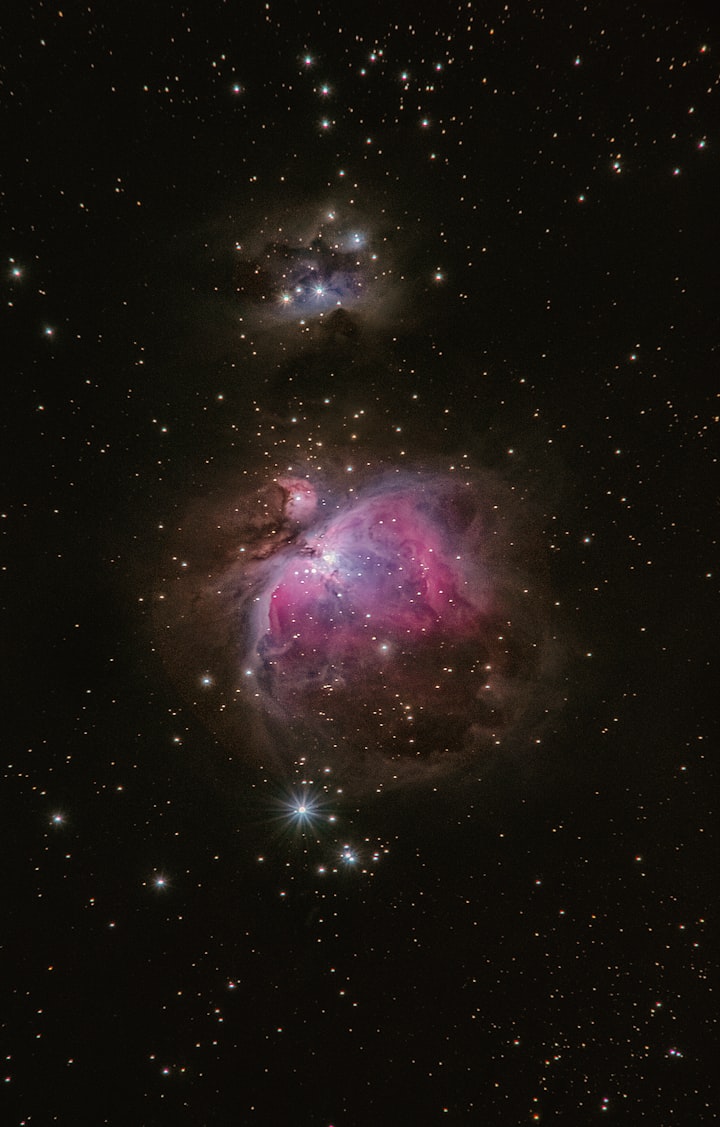Unveiling the Enigmatic World of Rogue Planets
Surprises that universe holds

Introduction
When envisioning planets, one often imagines them in orbit around a star, basking in its light. However, the universe holds surprises beyond our conventional assumptions. Enter rogue planets—enigmatic wanderers that drift through space without being bound to any star. Over the past decade, astronomers have begun to uncover the prevalence of these free-floating celestial bodies, fundamentally reshaping our understanding of planetary systems and our place in the cosmos.
Origins of Rogue Planets
Rogue planets can emerge through various mechanisms, some of which challenge traditional definitions of planets. One scenario involves a planet initially forming in the protoplanetary disk around a star. However, gravitational interactions with other bodies or even passing stars can perturb its orbit, flinging it into interstellar space. Another possibility is core collapse, where a dense cloud of gas and dust collapses under its own gravity, forming a planet-like object. Similarly, a star's disruptive birth process could lead to the expulsion of potential planets before they fully form. These scenarios underscore the dynamic and intricate nature of planetary birth and evolution.
Challenges in Detecting Rogue Planets
While detecting bound planets—those orbiting stars—is a complex task, identifying rogue planets poses even greater challenges. Traditional methods such as transit, radial velocity, astrometry, and direct imaging primarily rely on a star's presence. Gravitational microlensing, however, offers a unique avenue to detect these elusive wanderers. When a rogue planet passes in front of a distant background star, its gravity acts as a lens, distorting the star's light and creating a microlensing event. Although microlensing reveals the mass of the rogue planet, current technology limits its ability to identify smaller rocky planets.
A Growing Population of Rogues
Recent astronomical studies have shed light on the prevalence of rogue planets. The Microlensing Observations in Astrophysics (MOA) collaboration estimates that there are between 8 to 44 rogue planets for every star. This estimate surpasses the number of bound planets, suggesting that rogue planets may outnumber their star-bound counterparts. The uncertainty in this estimate is due to the challenge of distinguishing rogue planets from wide-orbit bound planets.
The Quest for Clarity: Future Prospects
Astronomers eagerly anticipate the launch of the Nancy Grace Roman Space Telescope, set to provide a more precise count of rogue planets. With a Wide Field Instrument boasting a large field of view, the Roman Space Telescope promises to advance exoplanet research significantly. As technology improves, astronomers will gain a better understanding of the true abundance and nature of rogue planets.
Reimagining Our Place in the Cosmos
The discovery of a multitude of rogue planets prompts a shift in our cosmic perspective. Not only does our Solar System stand out as unique, but the prevalence of rogue planets suggests that stellar systems may be more complex than previously assumed. As we explore the mysteries of the universe, the revelation of rogue planets underscores the intricacies of planetary formation and the diversity of worlds awaiting discovery.
Conclusion
Rogue planets challenge conventional notions of planetary systems and offer a glimpse into the extraordinary diversity of celestial bodies within our galaxy. The exploration of these wandering worlds propels us to question our understanding of planet formation, cosmic dynamics, and our own place in the universe. As astronomers continue to unravel the secrets of rogue planets, humanity's perspective on the cosmos evolves, inspiring a renewed sense of curiosity and wonder.
About the Creator
Enjoyed the story? Support the Creator.
Subscribe for free to receive all their stories in your feed. You could also pledge your support or give them a one-off tip, letting them know you appreciate their work.





Comments
There are no comments for this story
Be the first to respond and start the conversation.